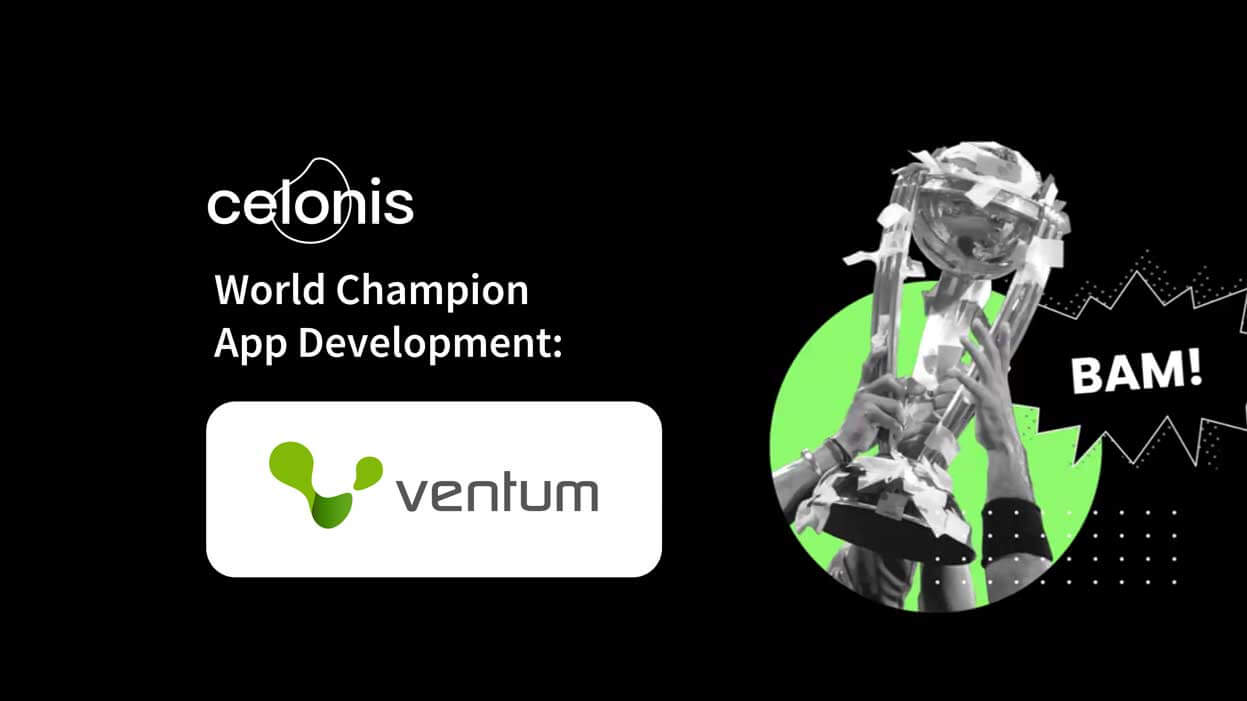- Veröffentlichung:
16.01.2024 - Lesezeit: 8 Minuten
Three important points for the use of CBAM default values
At the end of December, the European Commission published default values for all CN codes affected by the Carbon Border Adjustment Mechanism. All important information on the CBAM reporting obligation can be found here. The default values specify the direct and indirect emissions for CBAM-relevant products. Although this represents a considerable simplification of an already very complex regulation, there are three points that need to be considered when using the CBAM default values:
Despite CBAM default values - contact with your suppliers is essential
In order to produce a complete and compliant CBAM report for Q4 2023, it is essential to understand the complex aspects of direct and indirect emissions that form the core of the information to be provided by your suppliers. A close look at the reporting structure published by the EU Commission shows that around 275 items need to be integrated into your report. It should be noted that much of this data is exclusively available to your supplier, including sensitive site data that describes the production site in detail.
Fortunately, production site data is usually quite stable, which means that your supplier only needs to provide this information once. This not only simplifies the data collection process, but also contributes to the continuity of reporting. Another important aspect is the logic behind the predefined groupage category and its impact on data collection. Companies with an AGC (Automated Greenhouse Gas Calculator) often already have predefined production routes, inputs and industry-specific reporting requirements. The complex logic behind these specifications and the highly nuanced information behind them can only be provided by your suppliers.
Close cooperation with your suppliers is therefore of great importance to ensure that all the necessary information is available correctly and on time. This not only serves to fulfill regulatory requirements, but also to promote transparency and sustainability along the entire supply chain. It is therefore advisable to establish regular coordination and clear communication channels to ensure that all relevant data can be fully captured and integrated into the CBAM report.
Unrestricted use of default values only until summer 2024
In the first three quarterly reports (Q4 2023 and Q1 and Q2 2024), reporting entities can report embedded emissions without quantity restrictions based on the CBAM default values provided by the European Commission. This transition period serves as a learning phase during which you can familiarize yourself with the new reporting procedure. After the end of this phase, reporting parties can continue to report their emissions on the basis of estimates. However, this option is then limited to complex goods and the total emissions may not exceed 20% of the embedded emissions. The use of default values is classified as an “estimate” in this context.
In the iron and steel and aluminum categories in particular, most goods are considered complex goods. However, to ensure that all emissions are recorded, a process for recording the remaining 80% should be introduced from the third quarter of 2024 at the latest. This is particularly important in order to cope with the shorter reporting period from the third quarter onwards, after up to four months are available to adjust the reports for the first three reports.
Integration into your sustainability reporting
The defined default values come from extensive research reports, which form the basis for an accurate derivation. These values are not static, but are constantly updated. They were formed from the average emissions of the installations with the worst CO2 efficiency and thus form a transparent basis for the Carbon Border Adjustment Mechanism (CBAM).
The ability to obtain specific emissions data from suppliers via CBAM heralds a new era of transparency and accountability in the supply chain. To comply with other regulations, such as the upcoming Corporate Social Responsibility (CSR) Directive and the Anti-Greenwashing Regulation, it is essential to share and publish this information. Companies that proactively share this data not only fulfill regulatory requirements, but also strengthen the trust of their stakeholders.
You should therefore consider integrating CBAM emissions data into your sustainability reports. This enables not only a comprehensive presentation of the environmental impact, but also benchmarking with the standard values defined by the EU Commission. Interestingly, our current projects show that the suppliers’ calculated emissions are often 15-25% below the CBAM standard values specified by the EU Commission.
What does this mean for your company?
With these three points in mind, we recommend that you and all our customers use the default values as an essential simplification for the initial CBAM phase, while developing a plan to retrieve the CBAM-relevant data from your suppliers and taking into account the increasingly complex roadmap of this regulation.
How does Ventum Consulting make you "Fit for CBAM"?
The experience gained from numerous CBAM projects for importers & producers enables you to benefit from established consulting projects. Our approach is always to keep the effort in your organization for compliant implementation as low as possible. We can support you in various ways to ensure that you reach your destination smoothly:
CBAM workshop
A joint appointment lasting around four hours with the aim of validating your CBAM project approach with experience from the market tailored to your specific situation. This clearly sets us apart from the competition:
- We validate or create your impact analysis in advance of the appointment. The result of this analysis is the correct number of supplier surveys that need to be carried out. The implications arising from the operation of a bonded warehouse are also taken into account.
- In advance: Creation or validation of your CBAM project by the end of 2025 – which internal organization has proven itself in practice and by when must which activities be completed?
- In the appointment: Conveying the content relevant to you, including a walkthrough of a complete supplier calculation. Only if you understand what tasks lie ahead for your non-European partners can you make the right decisions regarding possible implementation.
- In the appointment: Best practices & concrete implementation proposals based on your situation
- After the appointment: receipt of all documents
You can also access a compact, general treatment of some of the topics from the workshop here in our recorded webinar at any time.
MVP
As a “Minimal Viable Product”, i.e. the smallest possible product in the CBAM sector, Ventum has developed a procedure following numerous successful customer projects, which covers the entire process chain from identification to successful …
…compliant reporting for one of your suppliers and a limited number of customs tariff numbers with your employees. In addition to the successful completion of a project for a supplier, the focus here is particularly on imparting knowledge to internal managers. The jointly developed procedure can generally be transferred to all other suppliers without our support.
CORA
The Carbon Optimizer & Reporting Assistant (CORA), developed by Ventum in collaboration with IBM, is a web-based solution for the almost complete …
…automated fulfillment of your validation and reporting tasks for CBAM.
All details and the possibility to make an appointment for a product presentation can be found here.
CBAM Control App for Celonis
The winner of the global Celonis Hackathon 2023 in the App Development category: Our CBAM Control App.
The dashboard allows you to keep track of CBAM-relevant orders, status & validity at all times …
…of supplier surveys as well as a chronological development of all relevant KPIs.
The solution identifies affected orders directly from your ERP system and triggers the necessary supplier queries either in CORA or in your own supplier survey system. Thanks to intelligent automation, reminders and notifications of possible errors in the survey can be resent to suppliers according to your configuration without further interaction. Once the supplier survey process has been completed, an EU report is created in XML format.
This functionality guarantees you compliant CBAM reporting both retrospectively and prospectively. In combination with other Celonis functionalities, we offer the implementation of the Emission Reduction Roadmap. This is a concrete CBAM-specific approach to improve the reported emissions from default values, through simplified calculated values to fully optimized & compliant emission values by 2025.
Our claim: WithFit for CBAM by Ventum, you not only cushion the internal impact of the new regulation, your company also gains a sustainable competitive advantage.
Get in touch with us today so that we can get you fit for CBAMin good time.




